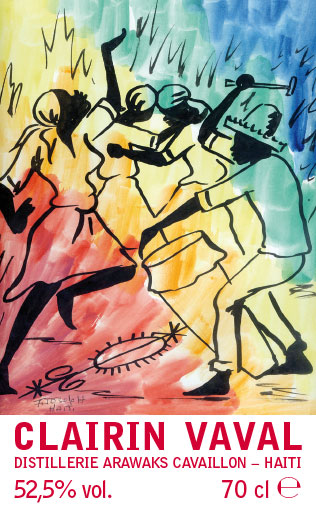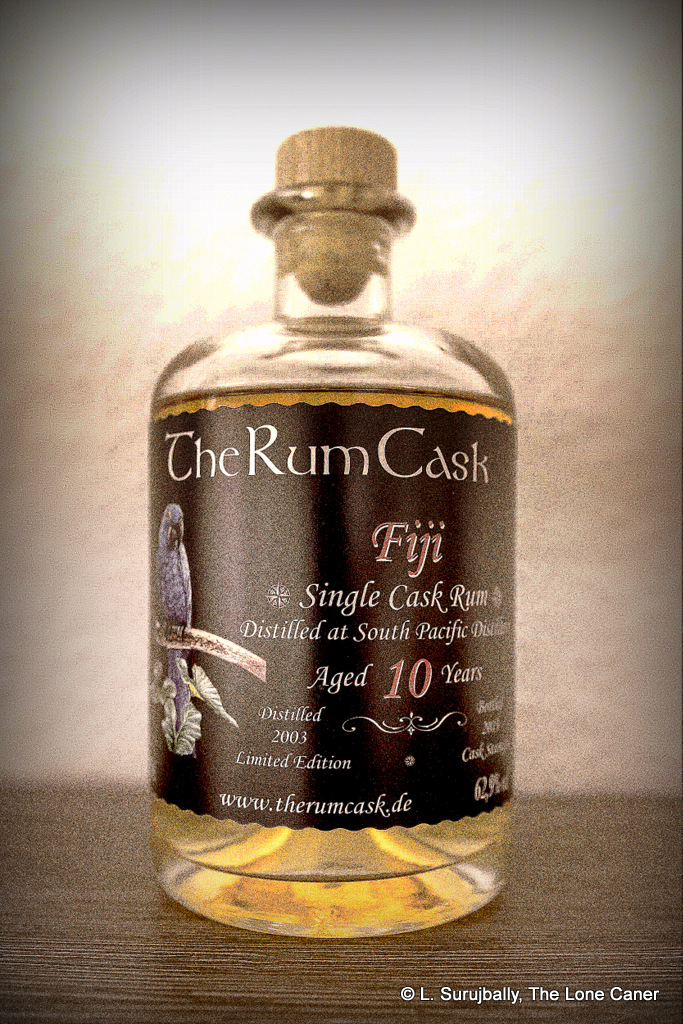
Rum Cask makes a slightly better Fijian rum, of the four I’ve tried.
Rum Cask is another one of the smaller independent bottlers – out of western Germany in this instance, very close to the French border – who do the usual craft bottling thing. They act as both distributors of whisky and rum, and at some point they fell to dabbling in their own marques, issuing cask strength rums from Belize, Guadeloupe, Jamaica, Cuba Grenada, and more, including Fiji, which may be something of an afterthought. In what is probably a coincidence, they issued a ten year old rum from South Pacific Distilleries, and it was also made in 2003, and bottled in 2013, just like Duncan Taylor (or they used the same broker, or something). However similar the provenance, in this instance I felt that while they didn’t succeed in making a rum junkie’s must-have, they did succeed in raising the bar…just a bit.
Take for example the nose, which so disappointed me on the Duncan Taylor from last week. That one was 54.8%…this one dialled things up to a filthy-gorgeous growl of 62.9% and its intensity was right there from the get-go. Much of the same kerosene, fusel oil, wax, and turpentine jammed my sensory apparatus – the rum would cure the clogged nose of a sinus infection with no problems – but here there were also nuts, honey, vanilla, some burnt sugar, and switching back and forth between it and the DT (and the clairins), it suggested an overall better balance.
Unfortunately, it also required some taming. Since I have no particular issues with cask strength rums (how the worm has turned from the days when I despised anything stronger than 40%, right?) the ABV was not a factor: it was its unrefined character. The palate was raw and sharp enough to shave with, and exhibited an unrestrained force that seemed to want to scratch your face off. So while I spread the tasting over several hours and wrote about sensed tastes of salt beef in vinegar, cereal, brine, olives, some more vanillas and caramel, nuts and honey, plus a whiff of citrus and fresh paint in hot sunlight — and lots of oak — the fact was that the marriage just wasn’t working as well as it might. Yes the finish was biblically epic, hot and long and lasting, shared more of the flavours of the palate (the citrus and wood really took over here) and made my eyes water and my breath come in gasps – but really, was that what it was all about? The grandiose finish of a taste experience that might have been better?
In its own way this rum is as distinct from the other Fijians I’ve managed to try as they are from the mainstream, inhabiting a space uniquely its own, though still recognizable as being a branch from the same tree. The enormous strength works to its advantage to some extent, though I don’t think it’s enough to elevate it to the front rank of cask strength rums. This may be where the concept barrels slumbering in Europe (as espoused by the Compagnie des Indes) has its problems, because the evolutions are subtle and take place over a much longer period of time than the brutally quick maturation of the tropics. European ageing, when done right, results in something like the Longpond 1941 which survived 58 years in a barrel without the oak eviscerating all other flavours. Here, the reverse was true and ten years didn’t seem to be nearly enough – the rum shared the downfall of the others I tried, displaying sharp and jagged edges of flavour profiles that seemed to be not so much “married well”, but “raging into divorce.”
The Fijian rums (those I’ve tried, at any rate) seem to have problems with the integration of their various components, and they need more work (and ageing) to be taken seriously by, and to find, a mass audience – this might be one of those rare occasions where less strength is called for, not more. So who is this particular rum for? It doesn’t really work as a sipping rum, and at its price point, would it be bought by a barman so as to make cool tiki drinks? Unless one is a cocktail fan, then, that doesn’t leave much, I’m afraid, unless you are, as one commentator remarked on the DT, a lover of whisky. In which case, by all means have at it.
(#254. 82/100)
Other notes
This rum is very much about opinion. Cornelius of BarrelProof liked both of these quite a bit (he was the kind source of my samples, big “thank you” to the man), so keep an eye out for his reviews.
Comments on the Duncan Taylor Fijian rum suggested that the profile was quite Jamaican in nature, if not quite as good. The same applies here. Most Jamaican rum I’ve tried are bit more obviously from molasses, and I didn’t really get that impression from the Fijians. Actually, they remind me more of cachacas and perhaps the clairins.
The outturn is unknown.

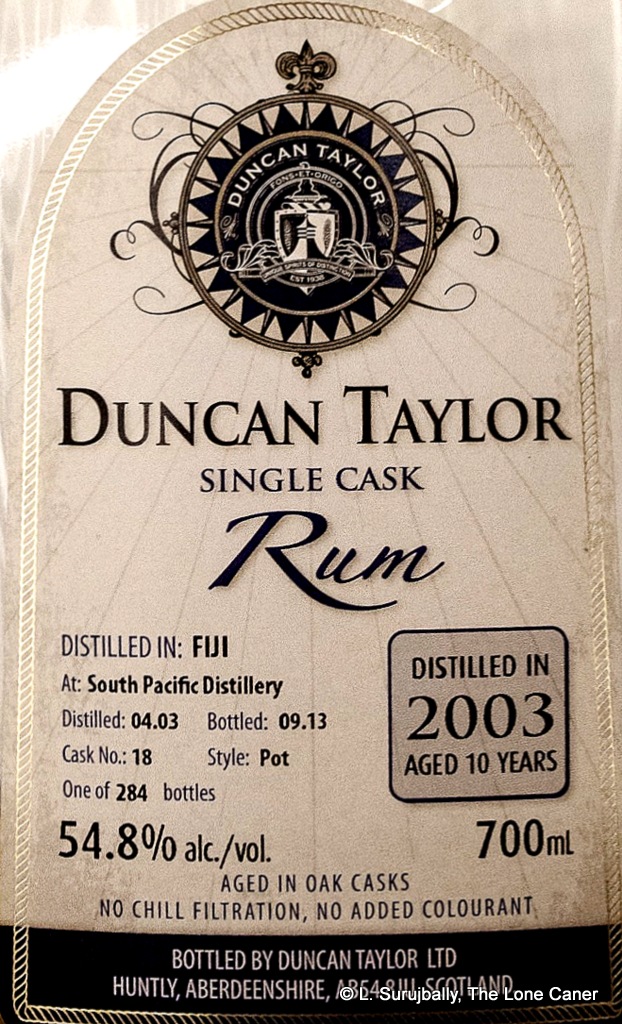
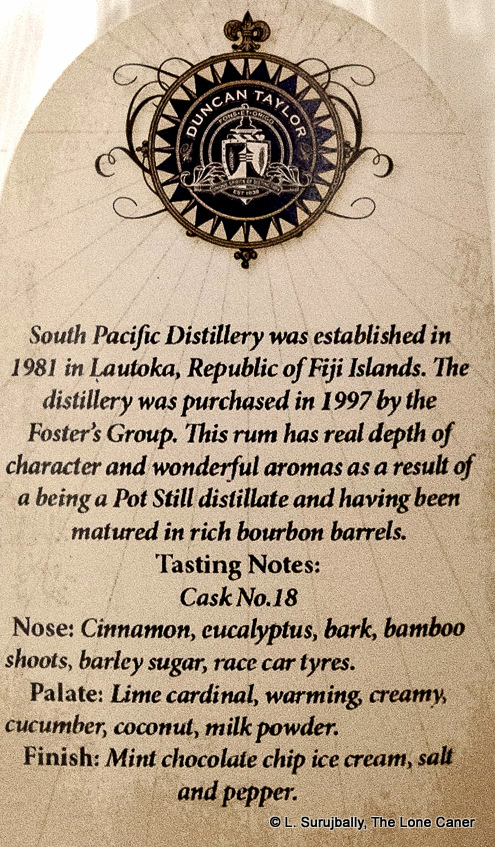
 Rumaniacs Review 017 | 0417
Rumaniacs Review 017 | 0417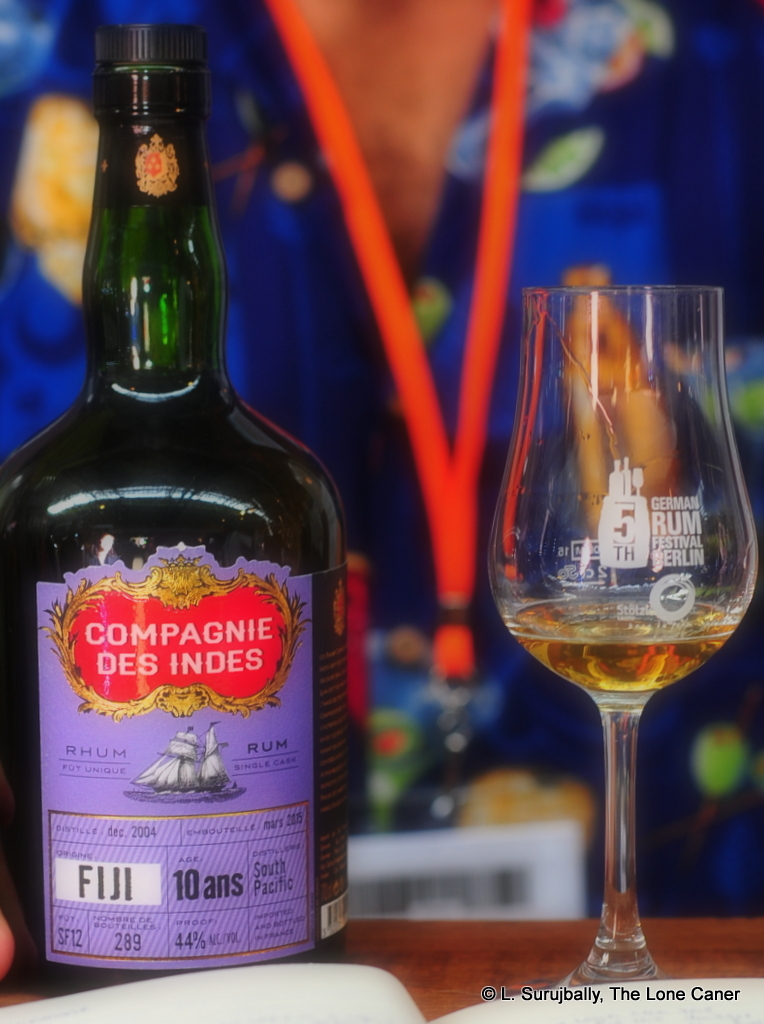
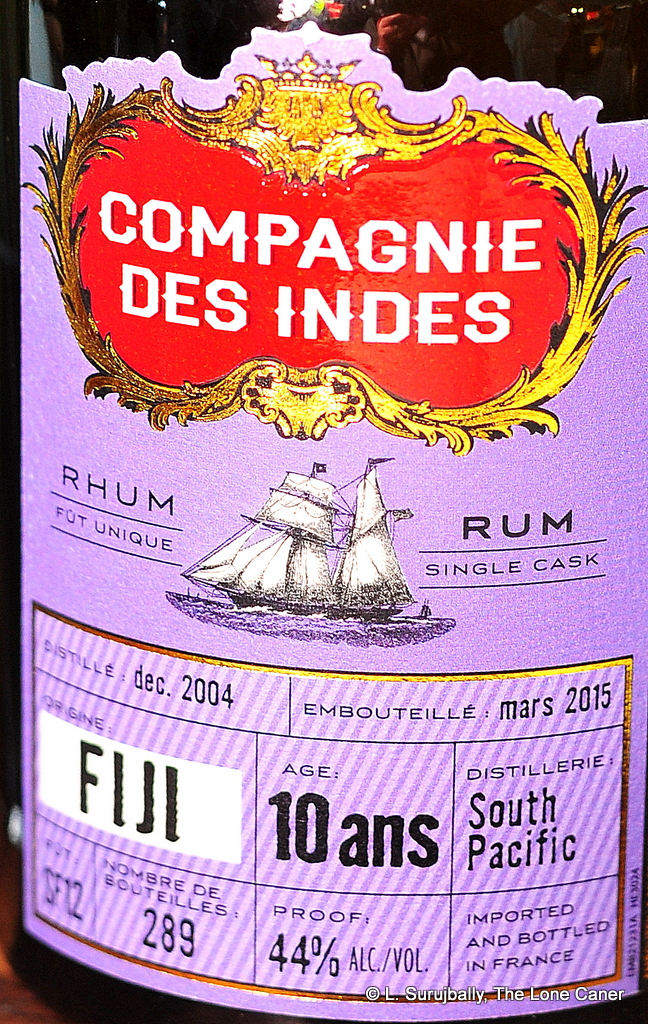 palled my enjoyment somewhat.
palled my enjoyment somewhat.
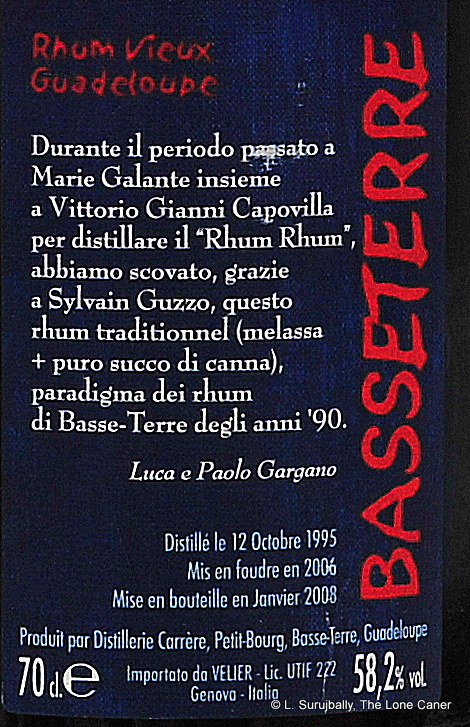
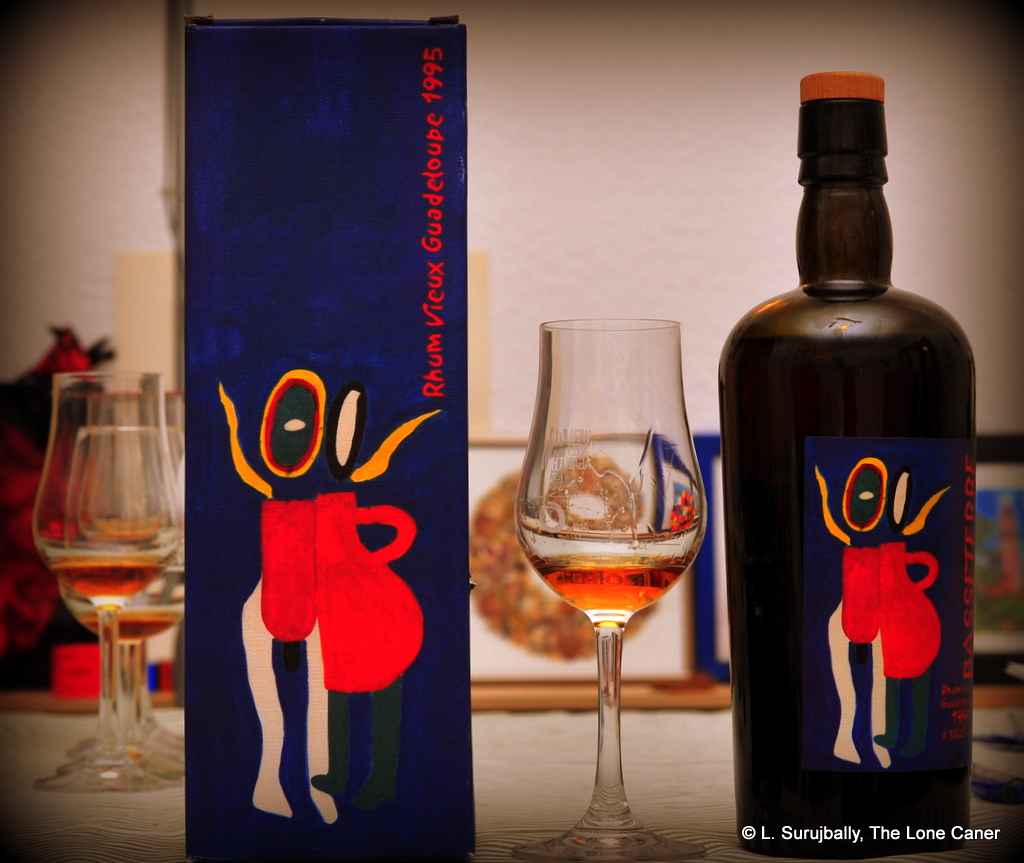
 Rumaniacs Review 016 | 0416
Rumaniacs Review 016 | 0416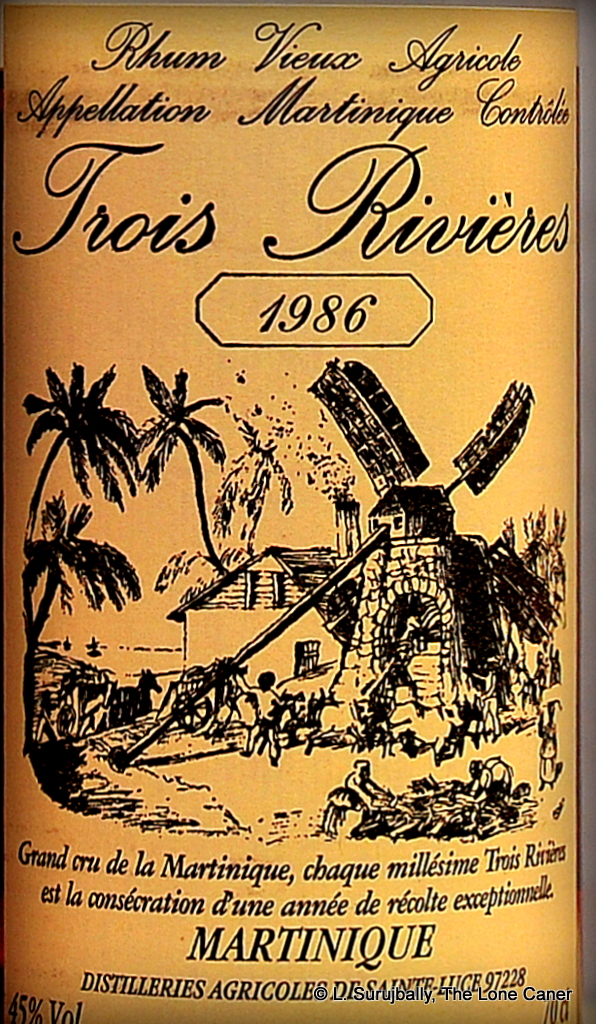
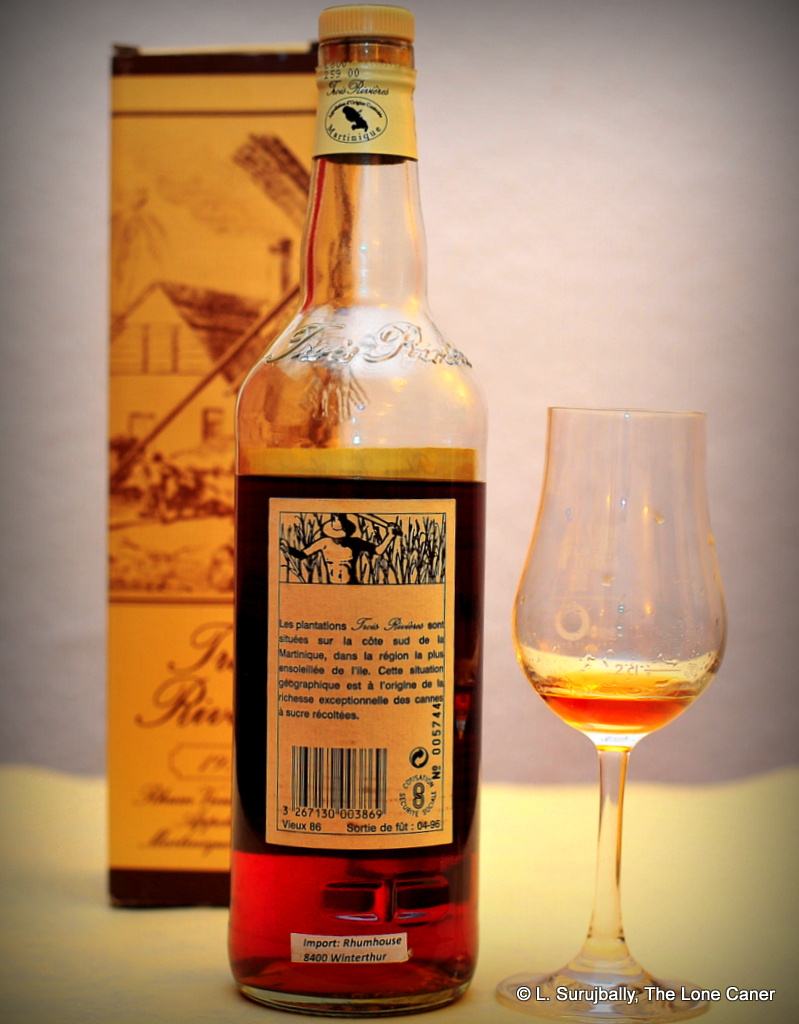
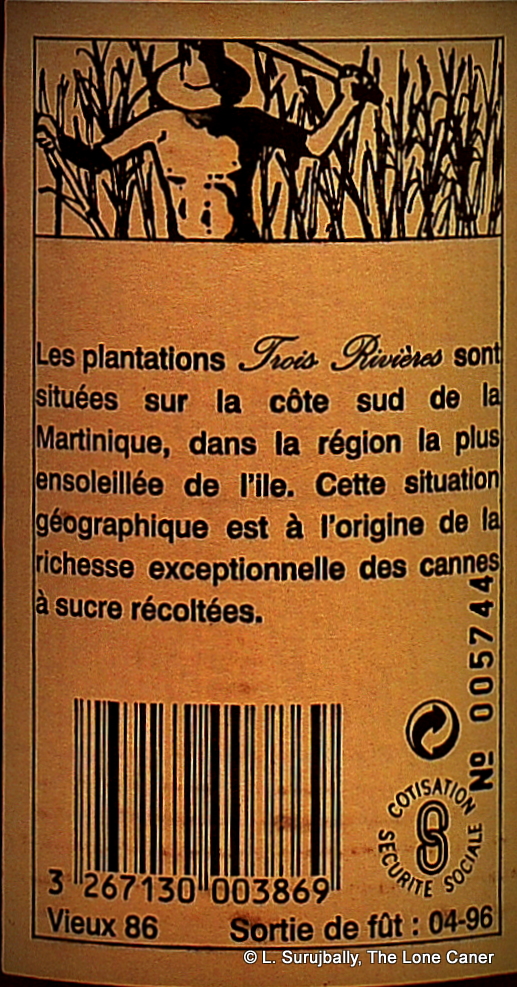 The question I asked of the 1975 (which I was using as a control alongside the Rhum Rhum Liberation Integrale, the
The question I asked of the 1975 (which I was using as a control alongside the Rhum Rhum Liberation Integrale, the 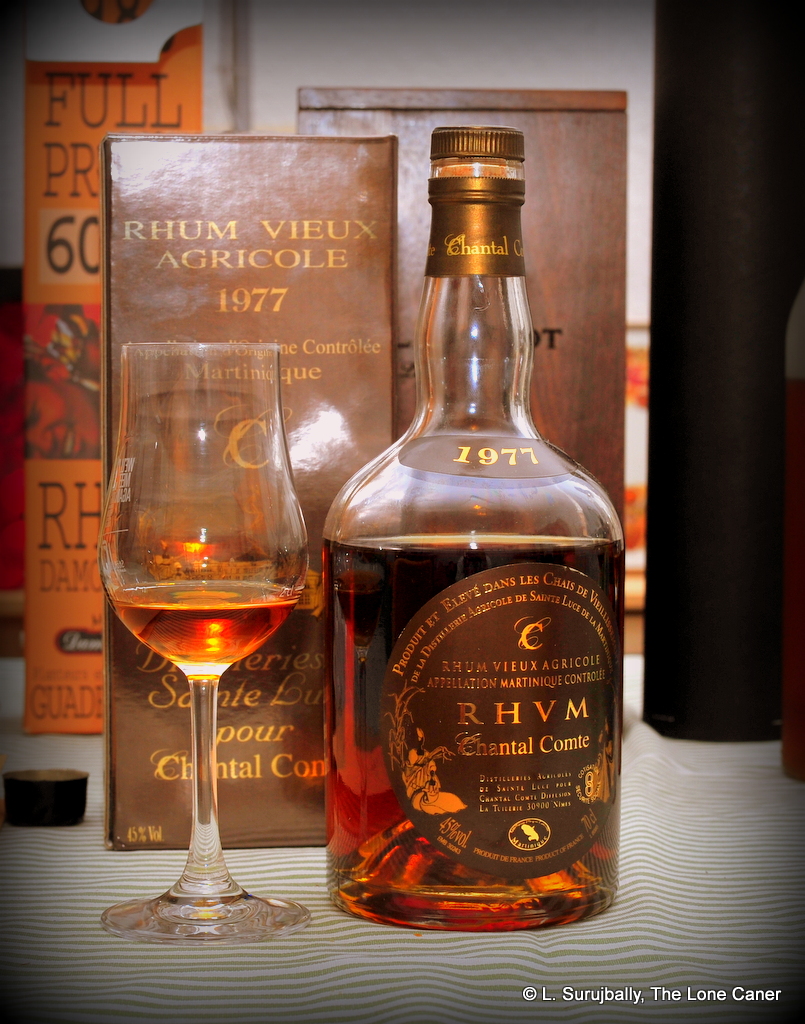
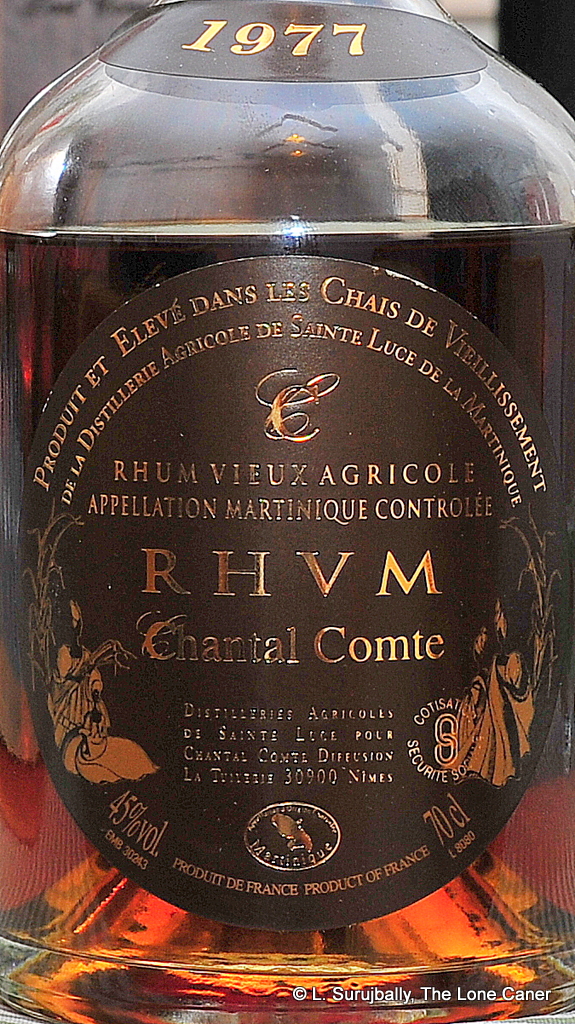 out ever letting you forget they existed. Salt beef in brine, red olives, grass, tannins, wood and faint smoke were more readily discernible, mixed in with heavier herbs like fennel and rosemary. These well balanced aromas were tied together by duskier notes of burnt sugar and vanillas and as it stood and opened up, slow scents of cream cheese and marshmallows crept out to satisfy the child within.
out ever letting you forget they existed. Salt beef in brine, red olives, grass, tannins, wood and faint smoke were more readily discernible, mixed in with heavier herbs like fennel and rosemary. These well balanced aromas were tied together by duskier notes of burnt sugar and vanillas and as it stood and opened up, slow scents of cream cheese and marshmallows crept out to satisfy the child within.
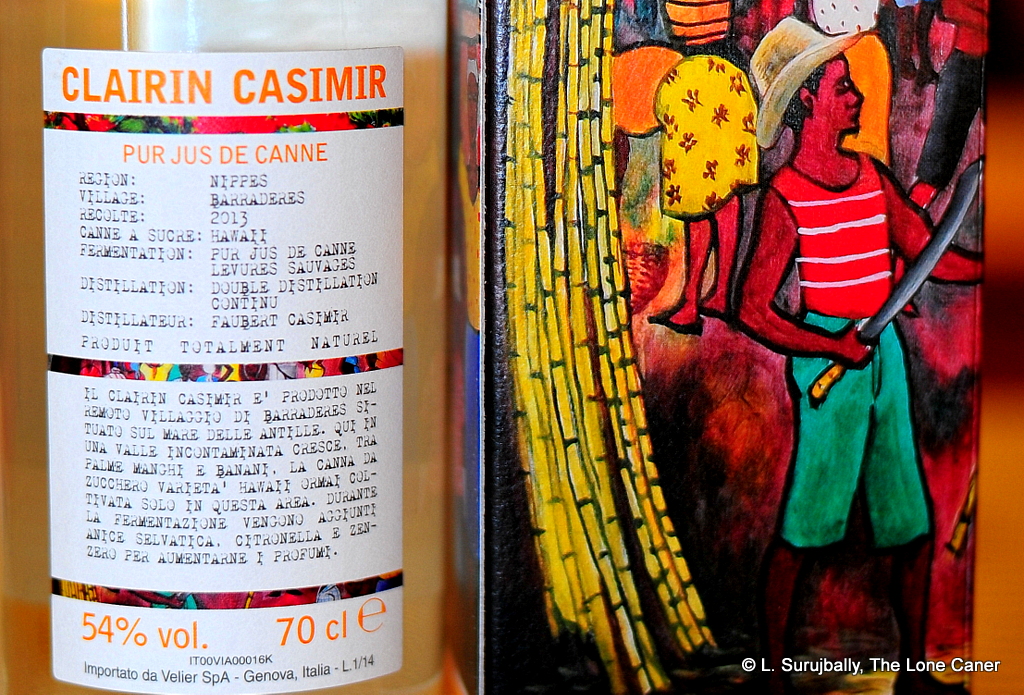
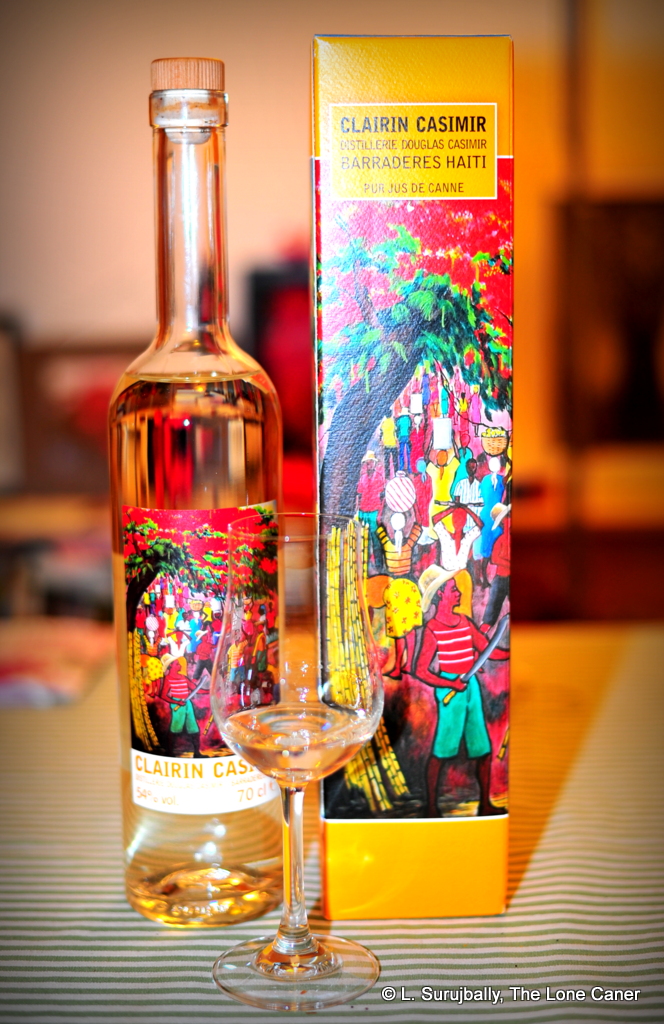
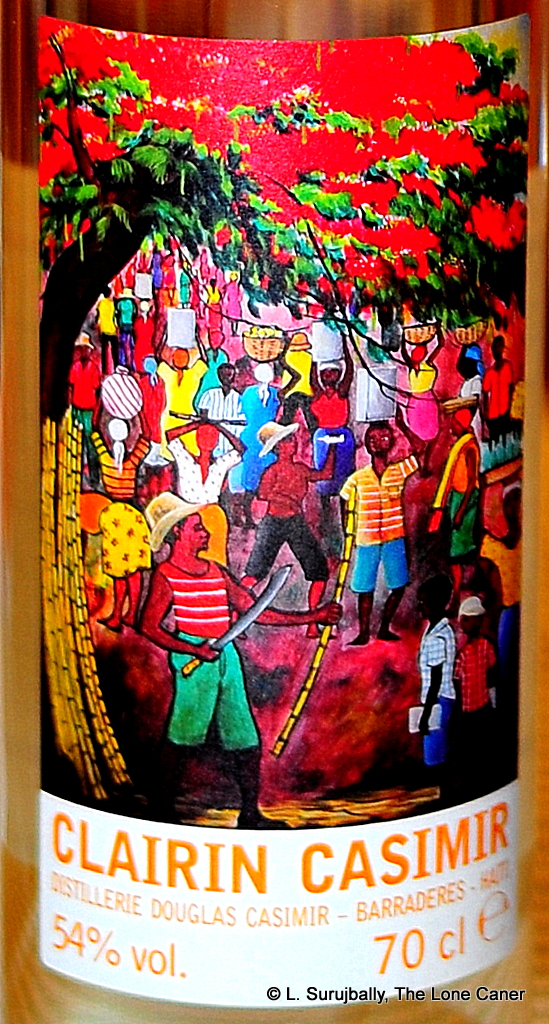
 Rumaniacs Review 015 | 0415
Rumaniacs Review 015 | 0415

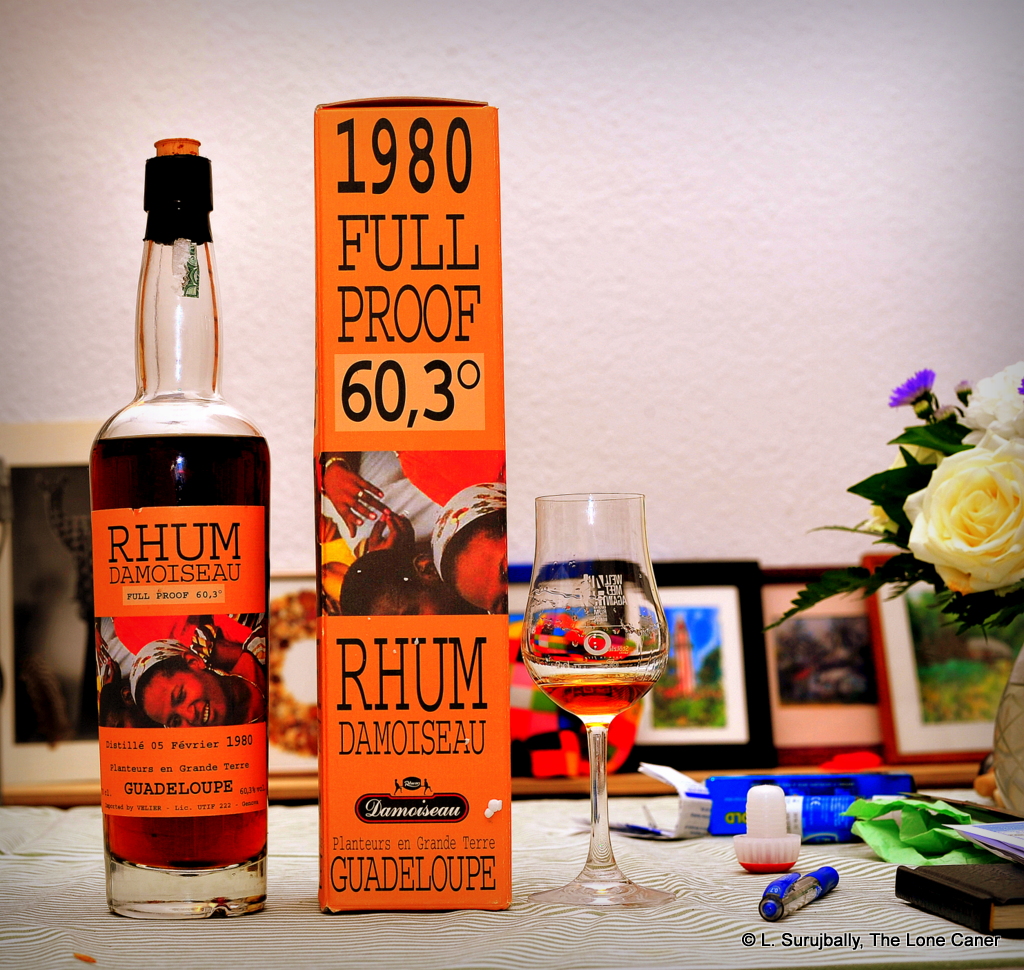
 grassy elements in the background, serving to swell a note or two without ever dominating the symphony
grassy elements in the background, serving to swell a note or two without ever dominating the symphony

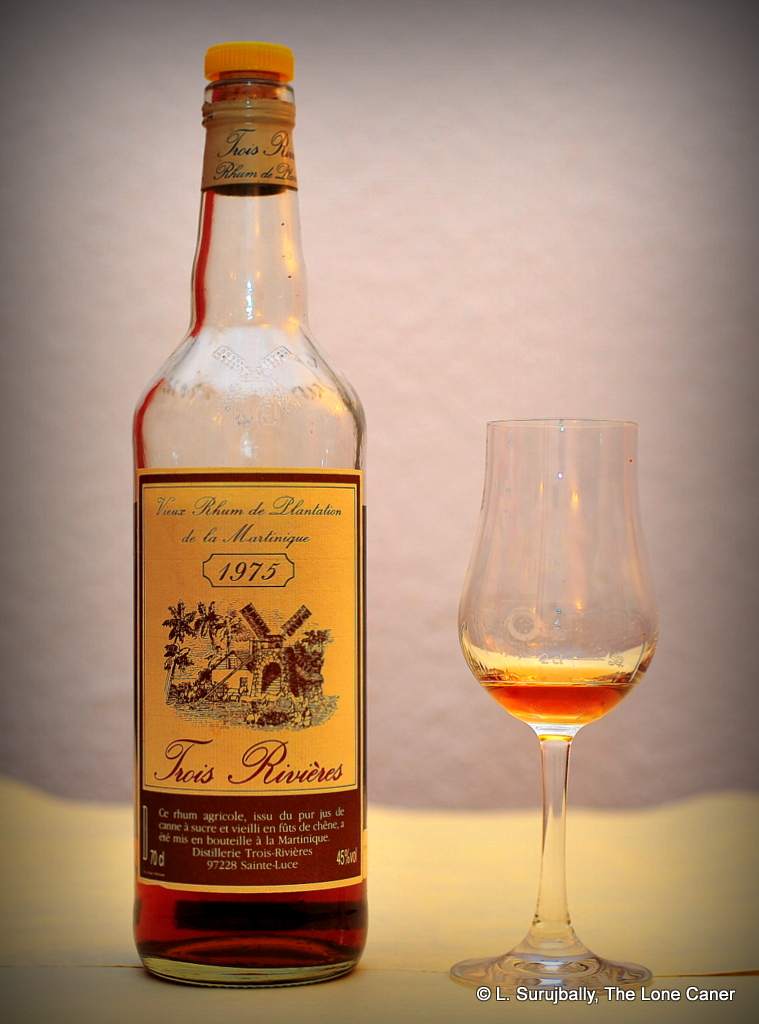
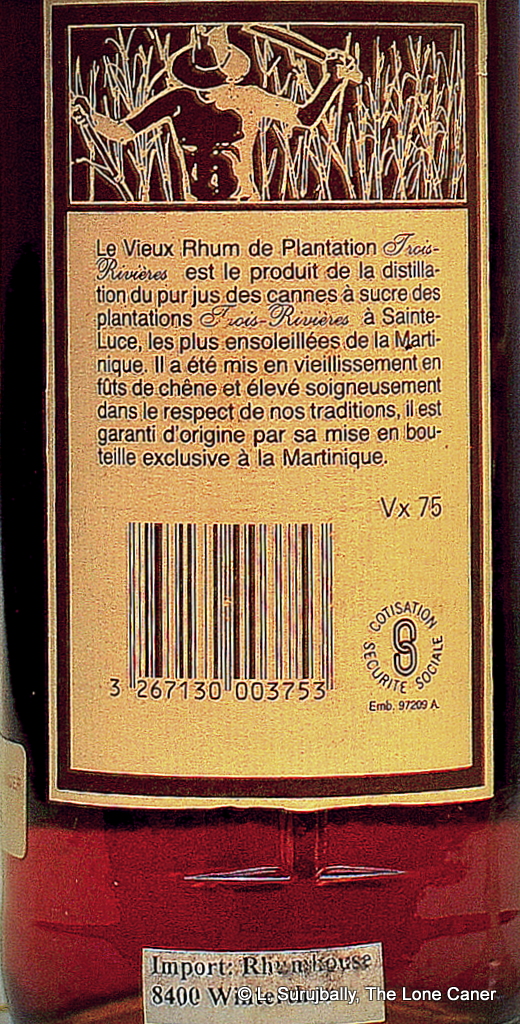
 Rumaniacs Review 014 | 0414
Rumaniacs Review 014 | 0414
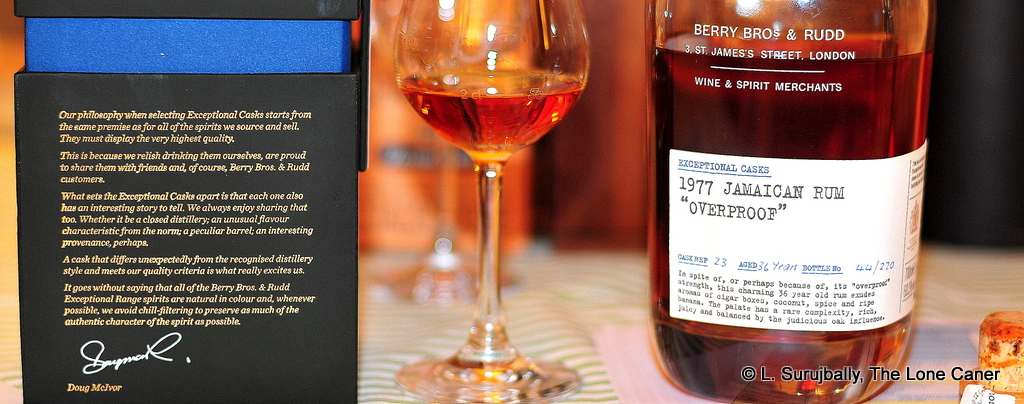
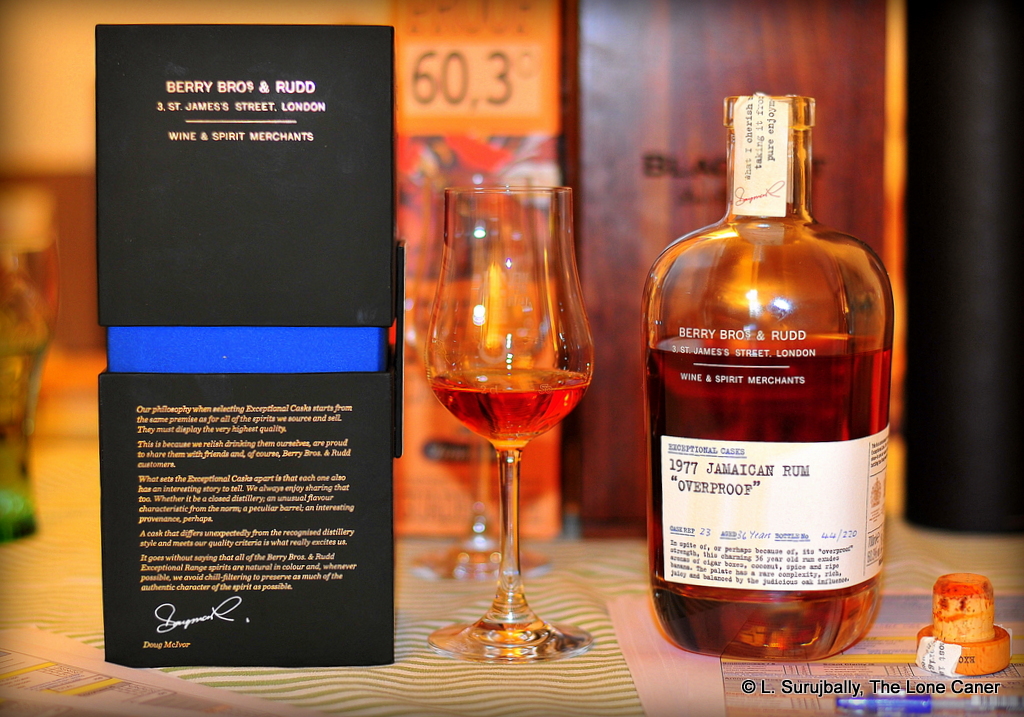
 My mission, should I chose to accept it, is to get hammered on this crap. I drank it so you don’t have to.
My mission, should I chose to accept it, is to get hammered on this crap. I drank it so you don’t have to. 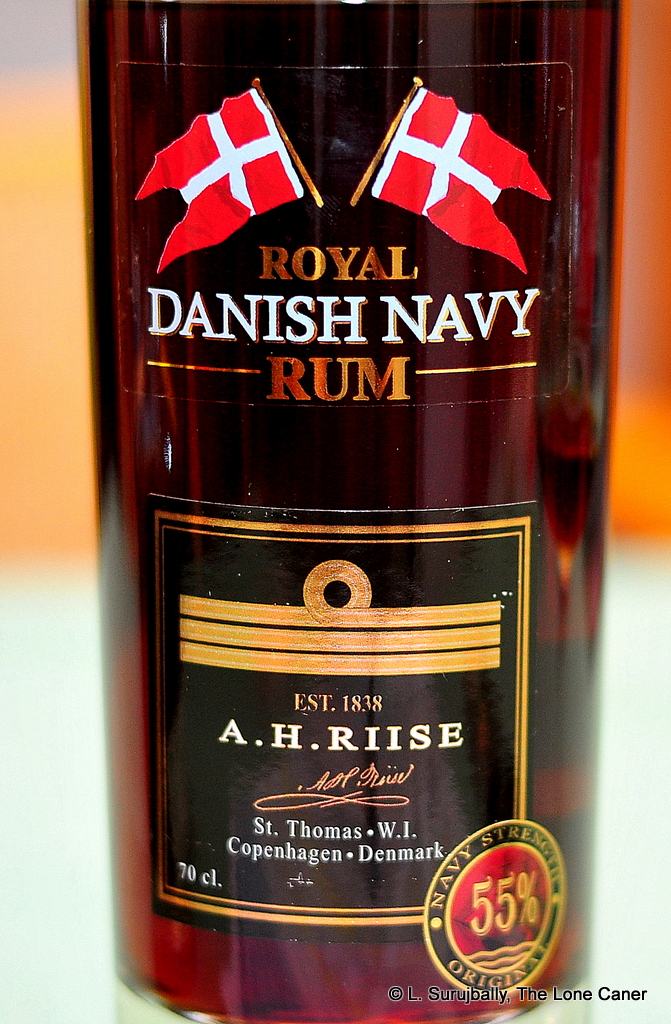
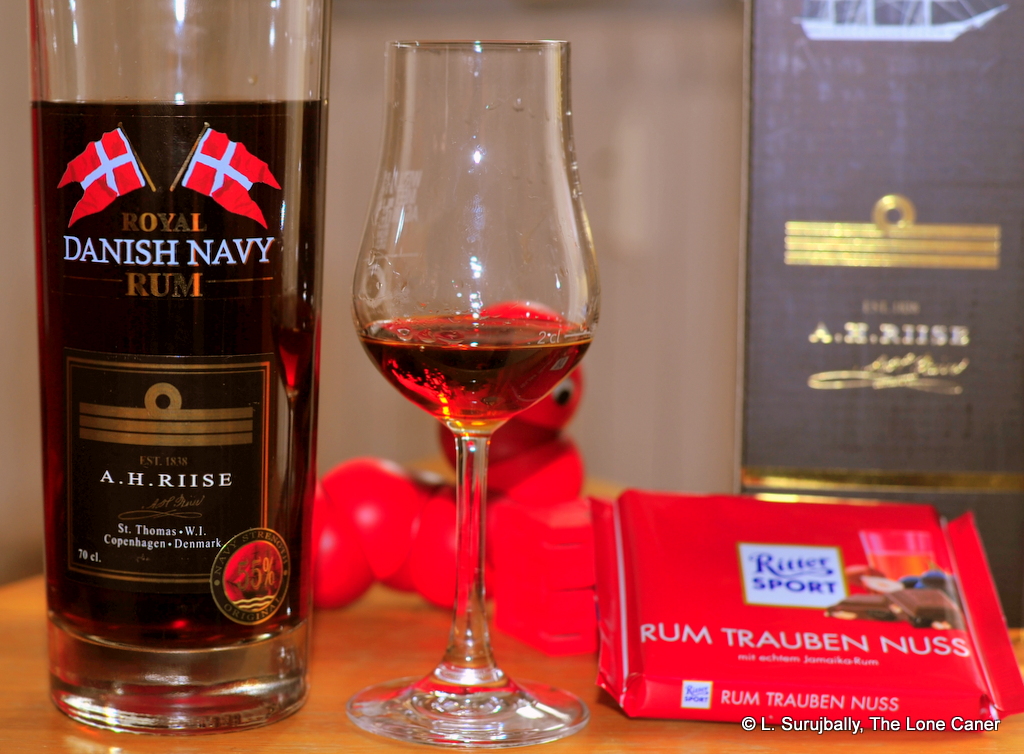
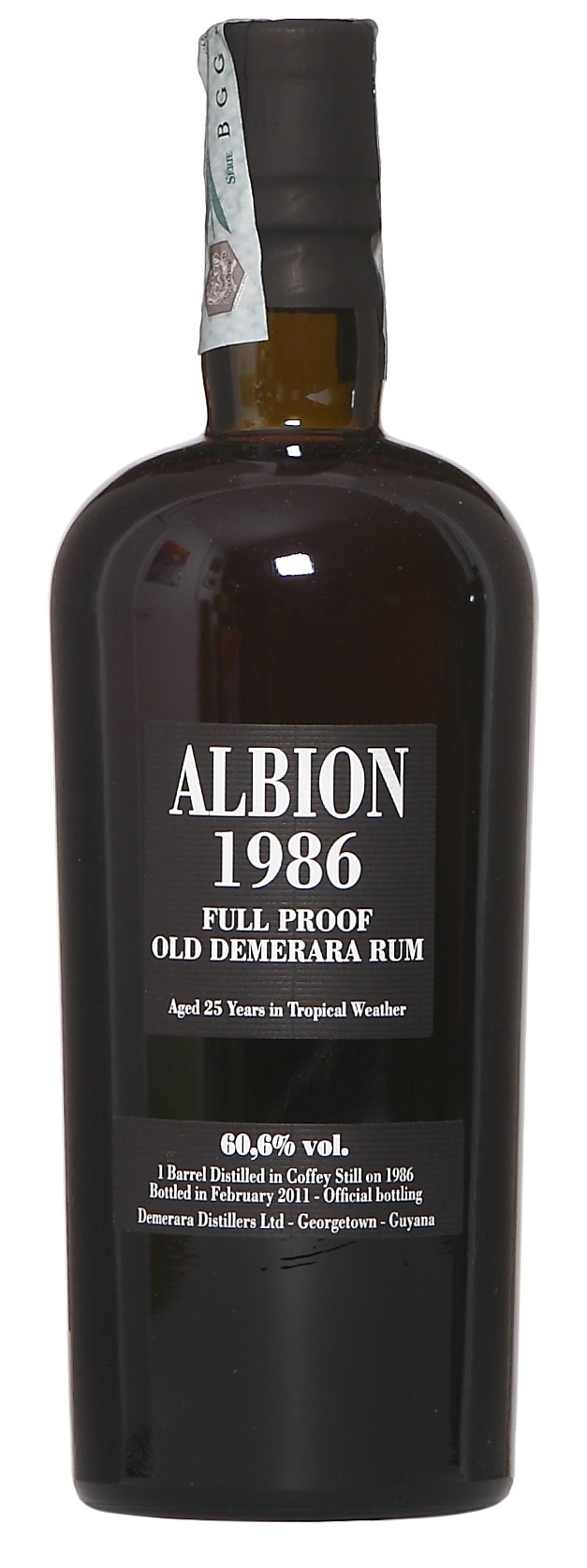 Rumaniacs Review 013 | 0413
Rumaniacs Review 013 | 0413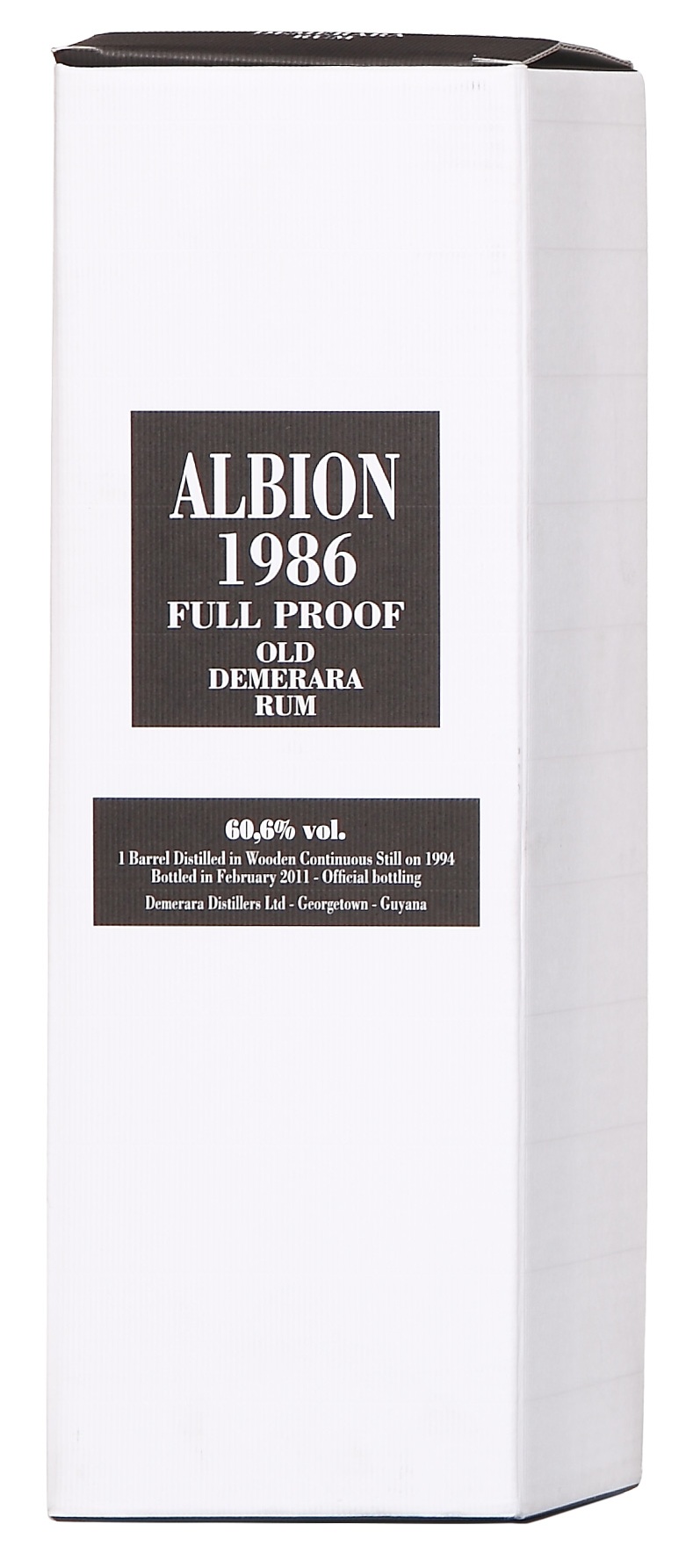



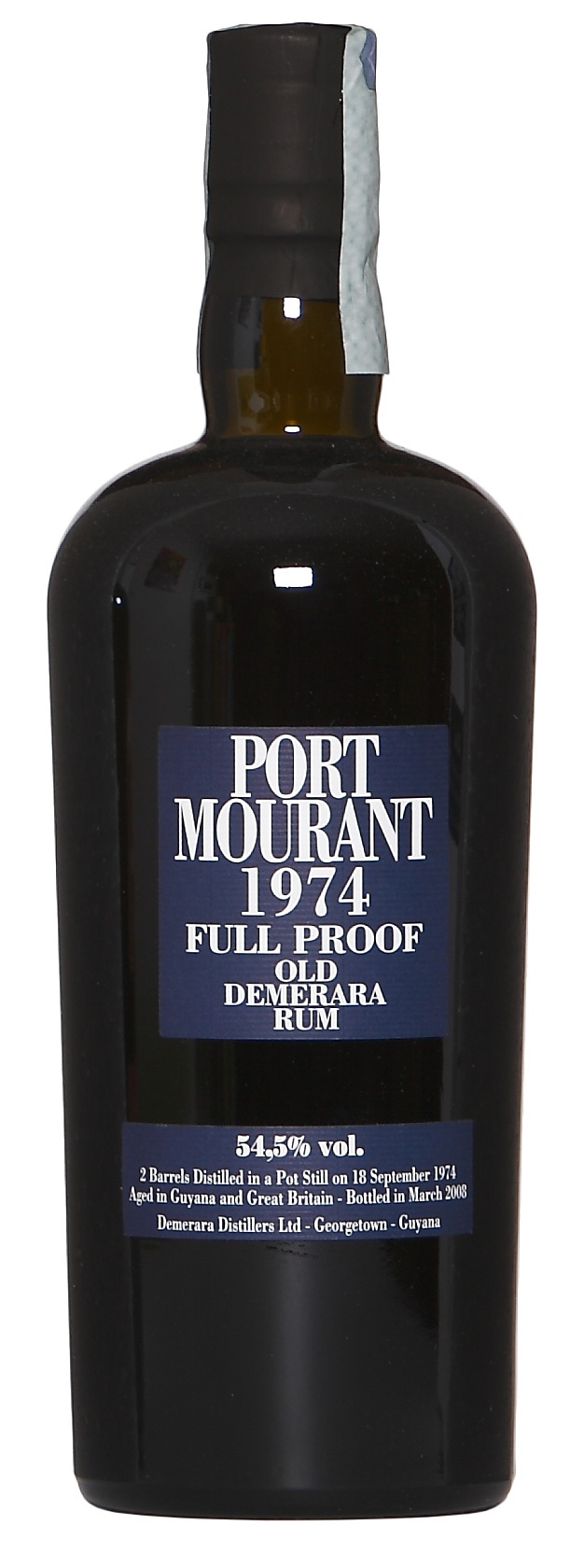 Rumaniacs Review 012 | 0412
Rumaniacs Review 012 | 0412